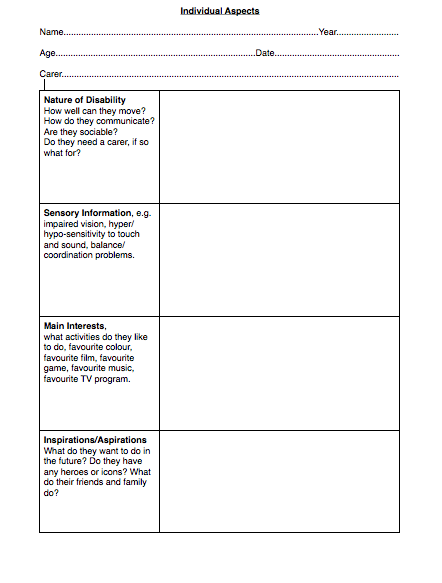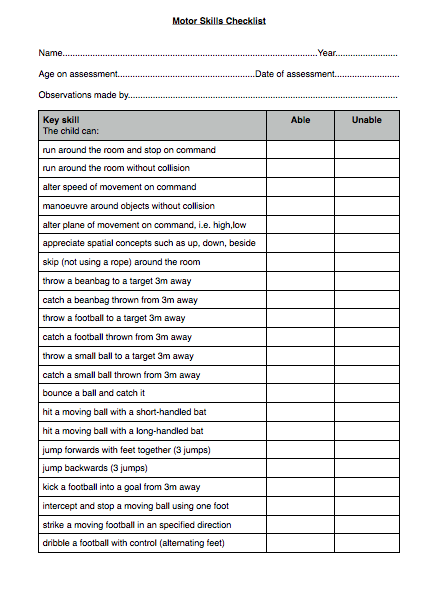My reading so far has been fascinating. The first couple of chapters of The Cerebral Palsy Handbook have elegantly explained that the social perception of people with cerebral palsy and SEN has significantly changed in the last two centuries and, in particular, the last fifty years. Alongside technological advancement and integration, the ethos of schools and governmental statements based on the inclusion of SEN citizens has developed and consolidated. Studies are now coordinated to discover what helps SEN people transcend in the growing world, rather than assess the negative impact disabilities have on individuals. The book goes on to describe the different types of cerebral palsy and how they can amalgamate, making diagnosis and treatment tricky. This biological section of the book was something I found to be intellectual compelling as a personal trainer, however what really resonated in me was the humane approach by Stanton, who expressed impeccable empathy throughout.


During one of the descriptions, cortical blindness was mentioned. Cortical blindness is when the occipital cortex of the brain has been damaged and struggles or fails to receive neurological information transmitted from the retina used to construct and interpret what our eyes perceive. Apparently, through various studies, it has been thought that an array of visual stimuli helps to improve the impaired vision of those with cerebral palsy over time. It is for this reason that I will aim to make my games as visually stimulating as possible, using a range of colours, videos, pictures of icons and characters, and physical demonstrations.
Teaching Physical Education to Children with Special Educational Needs appears informative and thorough. The first chapter has emphasised the progression of theinclusion statement over the last twenty years or so. It explains how governments and agencies are collaborating more and more efficiently in the growing pursuit for an inclusive and altogether wholesome nation. With this, the expectations of teachers and various other practitioners that work with children has been increasing, as a correlation has been noted between the skill of the teachers and the success of pupils. Each year the number of SEN children entering or desiring access to mainstream schools has grown. (1993-48% increase, 1997-57% increase, 2001-61% increase, 2004-76% increase.)This is thought to be because of the emphasis that is being shifted onto numerous inclusion statements, and is therefore increasing the demand for more skilled teachers who are equipped to cater for SEN children.
A statement on inclusion:
“We want more pupils with SEN to be included in mainstream primary and secondary schools. we support the united nations educational, scientific and cultural organisation salammanea world statement on special needs 1994. this implies a progressive extension of the capacity of mainstream schools to provide for children with a wide range of needs.” - October 1997, Labour Government green paper on SEN.
Get Physical is a suitable asset for any practitioner working with SEN children. It’s an easy read and contains a wealth of materials that clearly layout simple therapeutic exercises and lessons that correspond with the PE national curriculum. When it comes to my own ideas for games and activities and how to lay them out, this book has been my main inspiration.
Like Get Physical, I’ve been placing my games ideas into simple tables and labeling each one where it hits the aims of the PE national curriculum. This book has also given me ideas and inspirations for certain forms and checklists I can create to help me find out more about the children I’ll be working with, and how to monitor their progress. (see below.)


Live life to the full.
Steve.
No comments:
Post a Comment